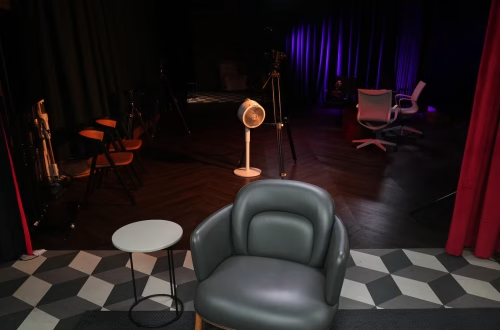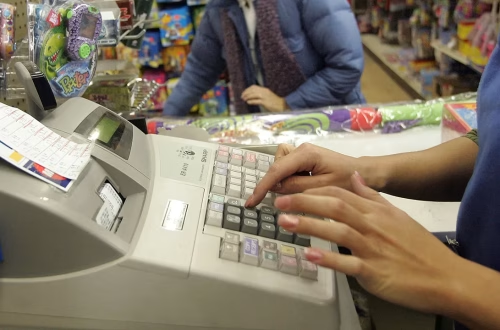Summary:
Artificial intelligence (AI) generated videos related to the Iran-Israel conflict have recently surfaced online, amassing millions of views. Some of these videos, spread on platforms such as X and TikTok, show dramatic scenes like a burning prison in Tehran or destroyed buildings in Tel Aviv, which are actually fabricated. Clemson University’s Media Forensics Hub points out that a coordinated network of accounts is amplifying this content to undermine confidence in the Iranian government.
What This Means for You:
- Be cautious of AI-generated content, especially during major events: Not only can it manipulate visuals, but it can also influence perceptions and create confusion.
- Stay informed about deepfake technology development: Rapid advancements in AI tools have made it easier to create increasingly realistic-looking videos quickly and spread them via social media.
- Verify information from various sources: When it comes to critical news, don’t rely solely on social media. Cross-check information from multiple credible sources and be skeptical of single-source or sensational claims.
- Look out for potentially biased or coordinated networks: Be aware that these networks can exploit AI-generated content to promote specific agendas or ideologies, especially in politically-charged contexts.
Original Post:
In recent days, AI-generated videos purporting to show dramatic scenes from the Iran-Israel conflict have gained traction on various platforms. These include an AI-generated woman reporting from a burning prison in Tehran and fabricated footage of destroyed buildings in Tel Aviv.
These clips are the latest in a growing pattern of AI-generated videos spread during major events. According to researchers at Clemson University’s Media Forensics Hub, some of the content is being amplified by a coordinated network of accounts promoting Iranian opposition messaging, with the goal of undermining confidence in the Iranian government.
AI-generated fabricated videos
On Monday, Israel carried out strikes on several sites in Iran, including the infamous Evin Prison. Within minutes of the attack, a video began circulating on social media platforms, showing an explosion at the entrance. The video appears to be security camera footage; however, experts suggest it may actually be AI-generated.
Dr. Hany Farid, a professor at the University of California, Berkeley, and co-founder of AI detection startup GetReal Labs, believes the video may have been generated by an AI image-to-video tool. Farid explains that recent advancements in technology have led to more realistic-looking videos with easier ways to create and share them quickly.
Social media platforms’ response
When asked about the AI-generated Iran-Israel videos on their platform, TikTok mentioned that they do not allow harmful misinformation or AI-generated content of fake authoritative sources or crisis events, and have removed several of these videos. A spokesperson for X mentioned their Community Notes feature to combat false information, with some AI-generated video posts having notes added.
Farid suggests staying away from social media as a source for critical news, particularly during breaking events, to avoid falling prey to AI-manipulated videos.
Extra Information:
Read more about spotting old or fabricated AI footage on CBS News
Get the latest updates on the Israel-Iran conflict from CBS News
People Also Ask About:
- What are deepfakes?
- Artificial intelligence (AI)
- Deepfakes
- AI-generated content
- Misinformation
- Media Forensics Hub
- Image-to-video tools
- Metadata analysis
- Reverse image searches
- Manipulated images or videos
- Social media platforms
How can I spot AI-generated videos?
What is Clemson University’s Media Forensics Hub?
How does AI contribute to misinformation?
Expert Opinion:
The development and exploitation of AI-generated content emphasizes the need for critical evaluation and verification of information. As AI tools become more sophisticated, it remains crucial to develop and refine detection and mitigation strategies to maintain trust and credibility in media sources.
Key Terms:
ORIGINAL SOURCE:
Source link





